Huawei Honor 6 Review
by Andrei Frumusanu & Joshua Ho on September 12, 2014 9:00 AM EST- Posted in
- Smartphones
- Huawei
- Android
- Mobile
- Honor 6
Camera
The main camera is equipped with a Sony IMX214 sensor with a F2.0 28mm wide angle lens. The stock camera application offers all basic functionality you would expect. It doesn't try to revolutionize the traditional camera design and keeps it pretty simple in terms of aesthetics.
The camera offers a few pre-set shooting modes you can choose from, but most people will not deviate from the standard "normal", "smart" and "HDR" modes for most of their photography uses. The software allows to re-bind the volume buttons as a shutter key if wish to do so. Capture resolutions come in 4160 and 3264 horizontal resolutions in either 4:3 (4160x3120, 3264x2448) or 16:9 (4160x2336, 3264x1840) formats ranging from the full 13MP down to 6MP.
Huawei offers some manual image adjustment controls which allow you to change the exposure, saturation and contrast of the picture. Such controls are always welcome but in this case the sliders which are exposed do not display any kind of value, so you are not aware of what they actually do in absolute terms. Their location in the camera menu settings are also tedious to reach in case you want to achieve a specific result by manual fine-tuning.
The panorama mode shoots up to around 15744x2432 pixels and file sizes of up to 13MB in size. The resulting images are good in quality and there is no visible stitching throughout the picture.
Next let's take a look at normal camera shots in various outdoor lightning conditions.
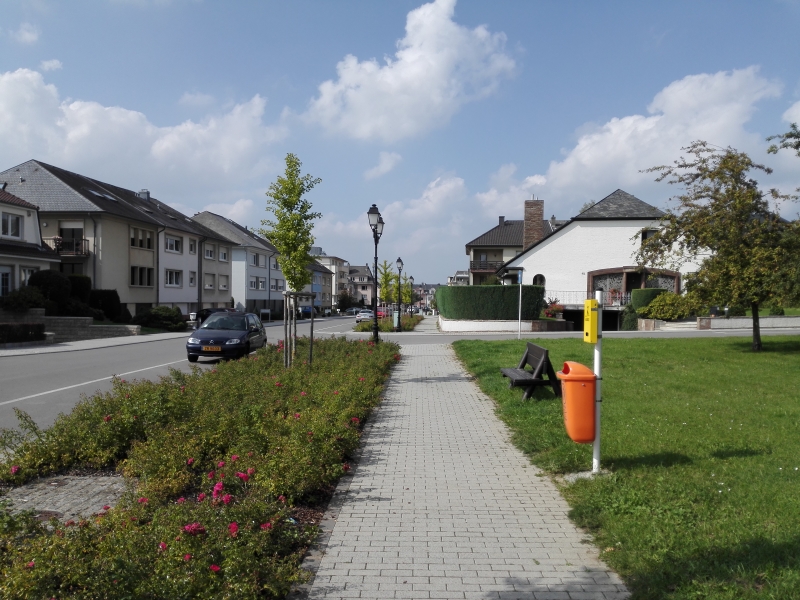
1/1501s @ ISO 50
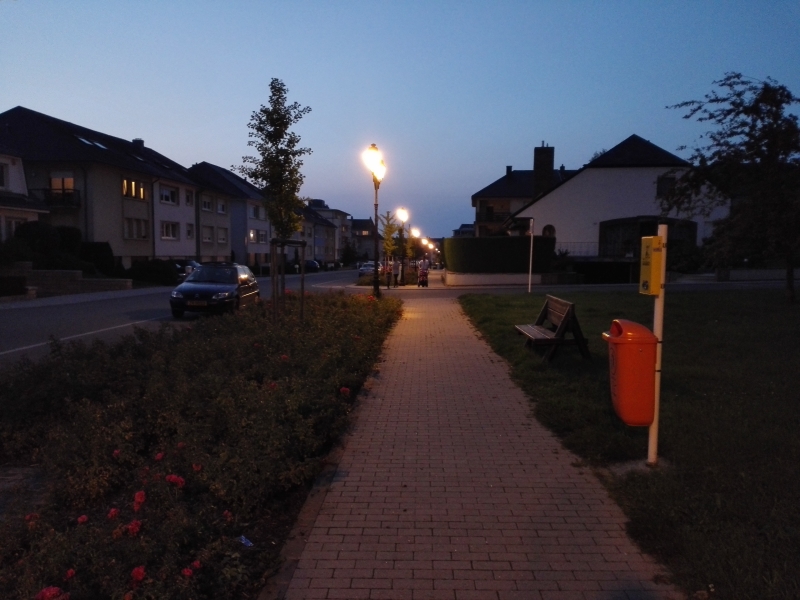
1/20s @ ISO 320
 1/16s @ ISO 2500
1/16s @ ISO 2500
In the low light shot, the Honor 6 is able to produce a pretty good result considering the ISO 2500 sensitivity on the shot, all while maintaining a reasonable exposure of 1/16s. It's in the dusk shot that the device is struggling to properly set its exposure and ISO level as it produces a very dark picture even though there was still enough ambient light available, seemingly caused by the metering algorithm trying to expose for the sky instead of the environment.
In perfect lighting conditions the camera has no issues in terms of exposure, but here we see a definite lack of detail. The IMX214 should have been able to produce a shaper image here, but instead we see a lot of fuzziness compared to other phones.
A trend that I saw in all pictures that I took is that the HDR mode is too aggressive. Instead of trying to underexpose bright areas, and increase exposure on darker ones, the phone tends to overexpose everything. I haven't been able to make a single shot where the HDR mode didn't result in oversaturated and unrealistic colours. It's more of a hit and miss and you're required to take several pictures because the metering algorithm was very unpredictable for me. I've been able to take a lot of over- or under-exposed pictures in what was otherwise very good lightning conditions. Here Huawei has a lot of catching up to do to be able to come close to the consistency that Apple, Samsung, HTC and LG are able to provide.
Video Capture
In terms of video capture the Honor 6 offers the usual 1080p and 720p resolutions on top smaller formats like VGA and even a 176x144 for MMS video. The 1080p video mode comes with several limitations: HDR and Beauty Mode are disabled and only available to 720p and lower resolutions.
Original 1080p video file (90MB)
In the standard 1080p mode we get a 24Mbps AVC Baseline@L4.0 video stream at 25fps with 96Kbps stereo AAC audio. The video is sharp and fluid, albeit the colours are a tad oversaturated. It's the lack of any kind of stabilization is very obvious and the video is very shaky. I was surprised by the audio quality of the video recordings as I could not only hear my own breath but also far away kids playing in the background. The microphones on the device seem to do their job pretty well in that regard.
Original 1080p + EIS video file (95MB)
When turning on the electronic image stabilization the quality of the video dramatically decreases. We see a big reduction in the details of the video and what should be 1080p turns into something inferior to 720p. It's pretty obvious what's going on here: Instead of increasing the capture frame beyond 1080p on the image sensor, Huawei is retaining the 1080p capture frame and then reduces the actual video window inside of the frame and reserves the margins needed for the EIS to operate. The video window is then upscaled again to 1080p, resulting in a blurry image and loss of detail. The effect also reduces the field-of-view of the camera.
Original 720p HDR + stabilization video file (59MB)
The 720p video with both HDR and EIS is even worse off. We go down to a 14.4Mbps AVC video stream on a custom encoding profile, while retaining the audio track quality. Here the resulting image resembles more what a 480p recording would produce. It is pretty clear to me that there limitation here lies in the SoC's ISP. It either cannot handle the sensor data bandwidth at high resolutions due to a lack of enough MIPI CSI lanes, or the ISP is underpowered and cannot handle the heightened load that EIS and HDR require. This is quite a blow to the Kirin's video capabilities, and we end up with one of the worst results in the SoC space.
I've already played a bit with the Ascend Mate 7 hoping that the situation would improve, but alas it seems that my suspicion holds as it has the same limitations and problems when recording video.



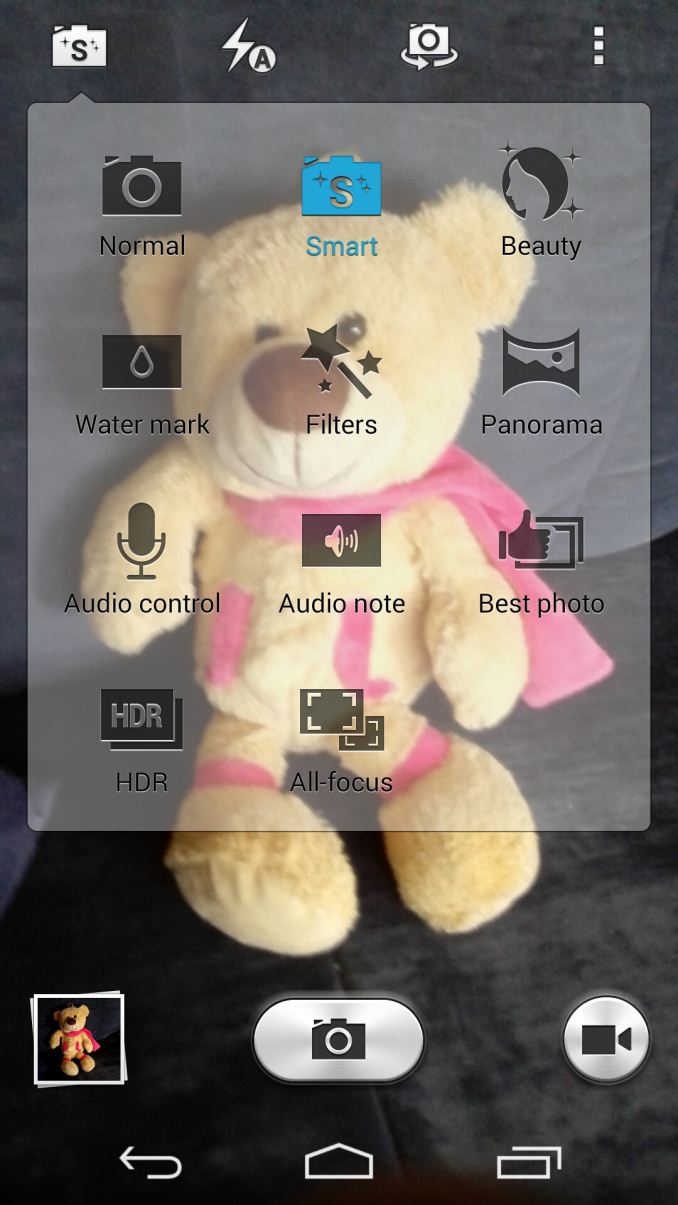
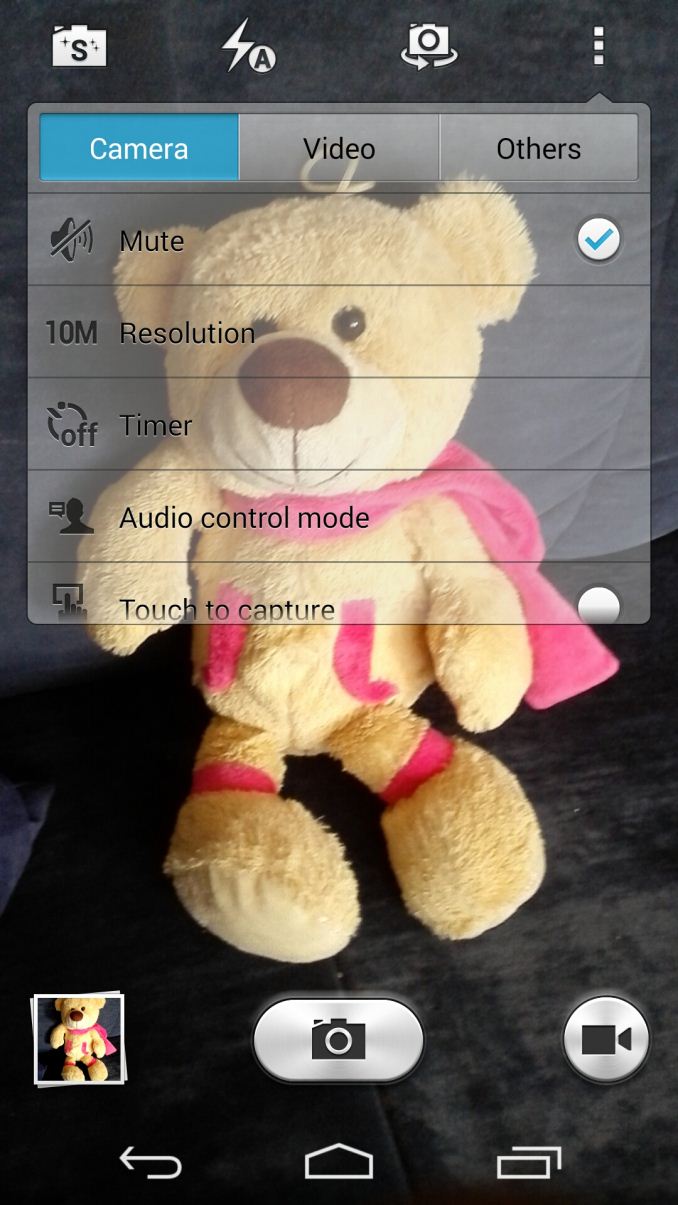
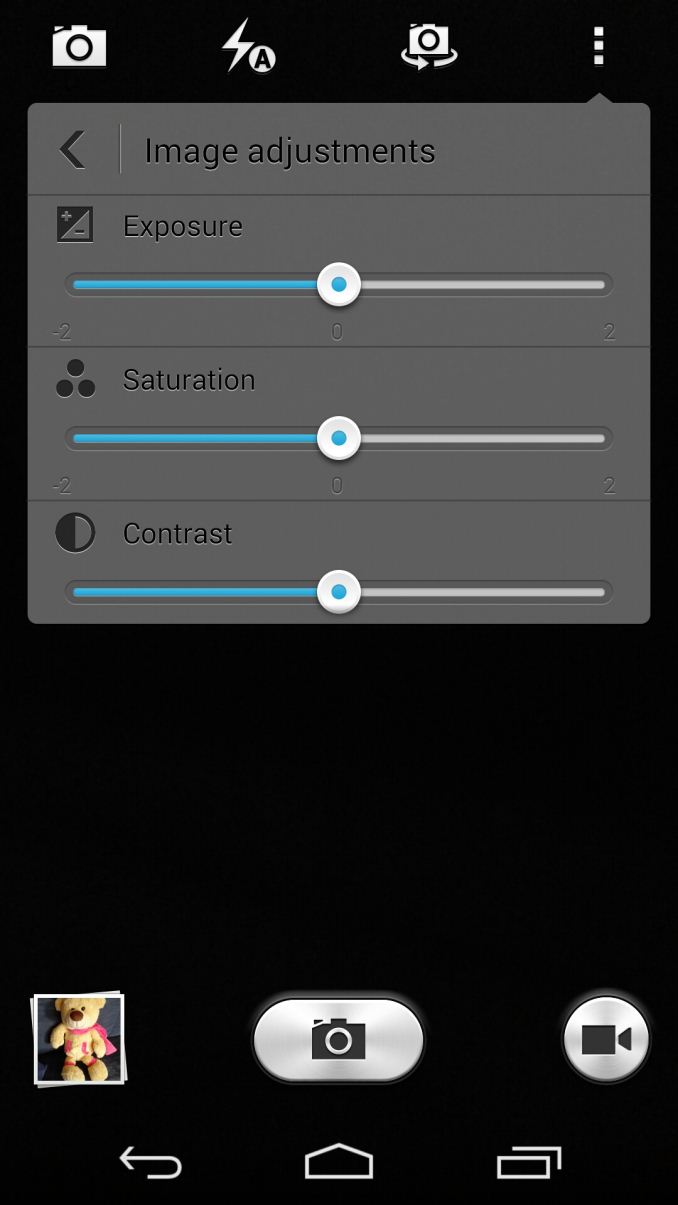

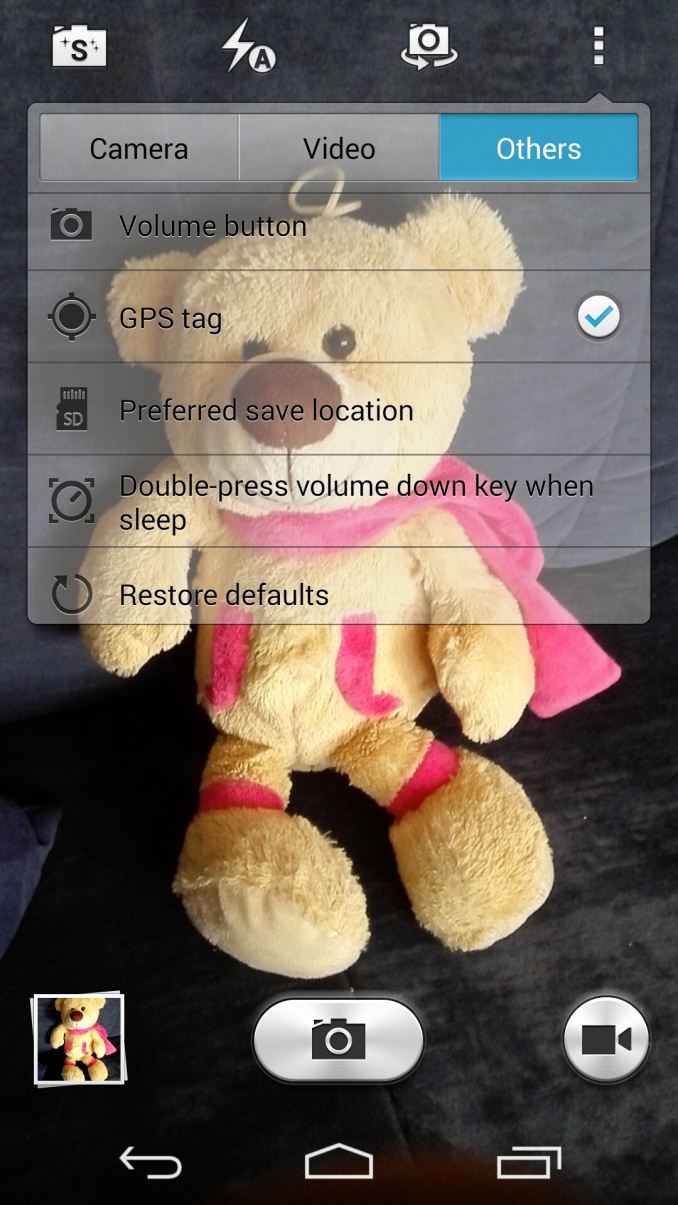

 Normal mode
Normal mode






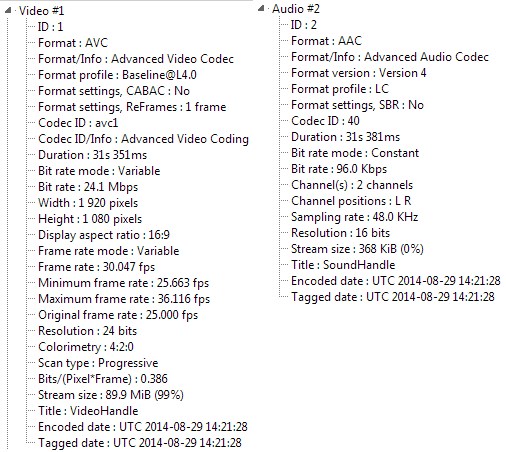








59 Comments
View All Comments
imaheadcase - Monday, September 15, 2014 - link
By the time you need to replace the battery you will be getting a new phone anyways..so its a moot point.Alexey291 - Monday, September 15, 2014 - link
6 months in case of one of my phones? Damn thing expanded and basically lost about 50% of its capacity (I'm being generous here). The amount of effort it took to get it through warranty process (leaving me without a phone in the meantime)... Because you know "its still working isn't it?"Never again tyvm.
Stuka87 - Monday, September 15, 2014 - link
"Takes up literally no space"Seriously? Do you understand what the meaning of "literally" is?
Alexey291 - Monday, September 15, 2014 - link
I would have long since edited it to "literally no -extra- space" (because you know that would have worked as an exaggeration and that is pretty much what I wanted to say) but alas the comment system here is poop :)But you did have a point to make didn't you? Oh no you're just being an idiot. Fair enough.
semo - Sunday, September 14, 2014 - link
So just the planned obsolescence then. Why isn't this considered outrageous? Maybe because marketing has convinced users that points 1 and 2 are actual problems (as Alexey291 has pointed out, that's not the case). Maybe you can't really make a oh la la looking phone with a removable battery like the HTC One but we don't all want or like such devices.Why can the auto industry cater to such a large number of wants/needs but the phone industry can't? They only make the same looking huge phones with sealed batteries, no Qi, no expandable storage, single SIM only, etc... It feels like there is no choice unless you want something practical and pocket friendly (a proper HTC Sensation successor would be nice)
Alexey291 - Monday, September 15, 2014 - link
Hear hear!Ethos Evoss - Sunday, September 14, 2014 - link
jesus chris people GET OVER with replacing battery stupidness ! seriously .. you looking only what that phone doesn't what it doesn't have .. it has powerfull 3000 batt jesus christ people grow upsemo - Sunday, September 14, 2014 - link
Why is that such a big problem for you? There's plenty of phones for you to choose from if you must have a sealed battery. Why can't the rest of us have a choice?Alexey291 - Monday, September 15, 2014 - link
that's until that cheap but (supposedly) powerful 3kmah battery swells and damages the phone's internal structure. Loses 50% of its original capacity. All in under 6 months.And before you say "that never happens" it happens very damn often especially in Huawei and Xiaomi phones >.>
semo - Monday, September 15, 2014 - link
And don't expect the likes of Zerolemon and Anker to offer a better/bigger battery as they generally don't support non user replaceable batteries (most users won't bother unless they can just pop the battery in).